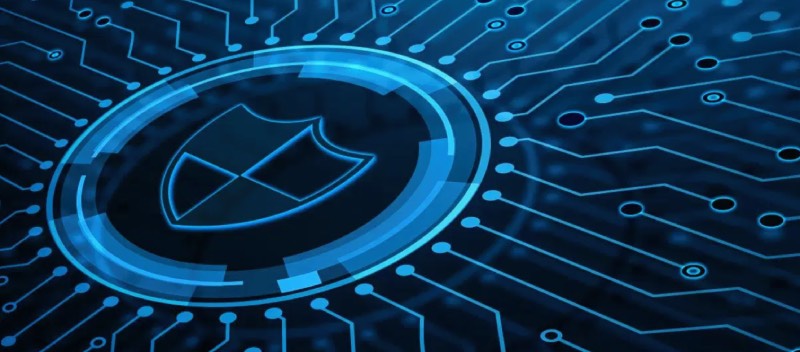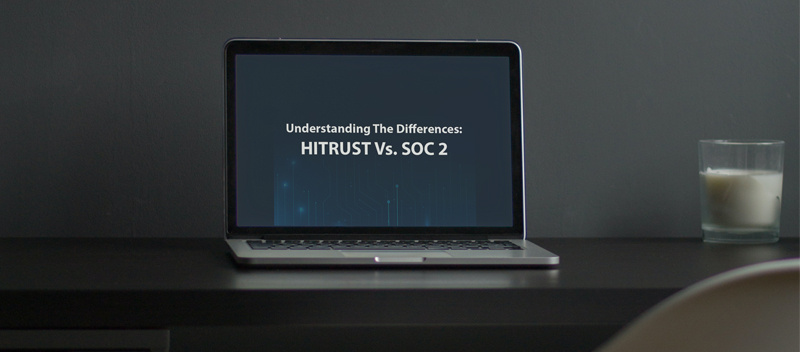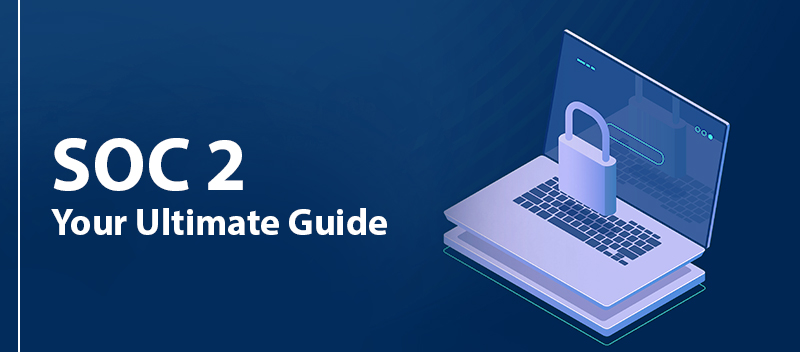Blog SOC 1 vs SOC 2
SOC 1 vs SOC 2

Service organizations like yours bear a heavy burden of trust when you handle, store or transmit data from customers who outsource it to you. It is no small task to ensure that this information is kept safe, and that is why you have developed strict internal security controls and standards.
Even if you have implemented them to the highest degree, your stakeholders may not be aware of the lengths you have gone to safeguard your systems and institute a robust framework. That is where Service Organization Control (SOC) reports come in. Understanding what they are and the difference between SOC 1 and SOC 2 reports can help you provide concerned customers and vendors with detailed verification that can put their minds at rest.
THE SOC 1 REPORT
Just what is SOC 1 report? In 2011, the American Institute of Certified Public Accountants (AICPA) came up with standards designed to help service organizations analyze the various controls and systems they had put into place to safeguard the data they were hosting for other companies. Specifically, the SOC 1 report audits the systems you have implemented to protect client data. SOC 1 audits are done following the Statement on Standards for Attestation Engagements No. 16 (SSAE 16). (Note: SSAE 16 has now been updated to SSAE 18). In general, demonstrating that you are SOC 1 compliant informs all of your stakeholders that you have adequate controls to protect companies’ valuable financial data in the opinion of a credible auditor.
This report is restricted to the service organization’s management, auditors, and stakeholders. You can choose between obtaining a type 1 or type 2 report. Type 1 pertains to the design and implementation of your controls and how well they assist you in meeting your security objectives as of a specified date. A type 2 report contains similar information to what is in the type 1 document; however, it discusses how the data security objectives are met over a specified period, often 12 months.
THE SOC 2 REPORT
For many organizations, the findings of a SOC 1 audit are insufficient to meet all of their clients’ needs and concerns. As a result, the AICPA has also set forth standards for the SOC 2 report. It is beneficial for organizations hosting data for other companies that do not directly impact the financial information of those firms. This report helps to assure clients that, although the data might not be financial, you are still safeguarding it from the breach and making it available to them as you had agreed to do in your contract. The SOC 2 report is designed to address one or all of the following five issues or areas of trust pertaining to the data you are hosting:
- Security
- Availability
- Processing integrity
- Confidentiality
- Privacy.
Those in positions of authority in your organization can tailor the SOC 2 audit to fit their company’s objectives and needs, and compliance is based on showing the auditor that you have implemented controls, policies, and procedures in line with those data protection goals. As with the SOC 1 report, you can choose either a type 1 or type 2 audit.
SOC 1 vs SOC 2
Frankly, sorting out the SOC report types can raise a good deal of confusion for even the savviest businesspeople. If you are asking yourself about SOC 1 vs. SOC 2, you are not alone. When it comes to SOC report types, think about what your organization does and who it serves. If the way you store your clients’ data has the potential to impact their financial reporting, SOC 1 is the best place to start.
On the other hand, if your firm stores, holds, or processes data that does not affect the stakeholder’s income statement or balance sheet, a SOC 2 audit would more thoroughly meet your needs. When you think about it that way, the difference between SOC 1 and SOC 2 is not quite as complicated.
WHY ARE SOC 1 AND SOC 2 IMPORTANT FOR YOUR BUSINESS?
Of course, the comparison of SOC 1 vs. SOC 2 must be considered. However, there is a bigger question beyond SOC 1 vs. SOC 2.
Why should you bother investing the time and energy into obtaining a SOC 1 or SOC 2 audit? SOC 1 compliance or SOC 2 compliance provides your company with tangible evidence to your stakeholders that your controls, procedures, and policies are robust and stable. In an era when companies increasingly rely on service organizations to safeguard their data, the competition among third-party firms such as yours is cutthroat.
Therefore, your company’s success depends on being able to demonstrate that you have worked diligently to carry out the data protection and security safeguards. In terms of credibility and reputation, conducting SOC 1 or SOC 2 compliance audits is a win-win for you and your stakeholders.
DOES a SOC audit MAKE SENSE FOR YOUR THIRD-PARTY HOSTING FIRM?
As a technology-based service organization, you are in the business of handling and storing information for your clients that are vital to their reputation and their very survival. The information contained in these reports can help the companies that hire you to understand your operational model. It can also provide assurance that you are equipped to meet their unique objectives and needs and are credible and stable. In terms of a SOC 1 vs. SOC 2 report, SOC 1 is ideal if the data you handle impacts your client’s financial reporting; choose SOC 2 if firms outsource cloud-based information hosting to you.
WHAT TO EXPECT IN YOUR SOC REPORT
The purpose of all SOC reports is to provide the auditor’s opinion on whether the service organization has effectively designed and implemented the security controls they have described. Receiving an “unqualified” score means that the company has designed and described its systems reasonably and efficiently. On the other hand, a “qualified” grade suggests that the auditor found a significant gap between the company’s claims and reality.
In short, the report elucidates what the company’s system was supposed to accomplish, the criteria on which it was tested, and how well it performed. These reports give a pivotal guide to help interested parties make a qualified guess of whether data is secure. Knowing this to the best of their ability via an industry-respected document can help ensure the long-term viability of organizations of all sizes. To that end, it makes sense to protect the reputation and credibility of your firm while simultaneously verifying all of your stakeholders from a third-party auditor that you have gone the extra mile to safeguard the valuable data with which you have been entrusted.
Finding an auditing company that can give you this vital information can seem daunting, mainly from your initial experience with SOC compliance. Fortunately, TrustNet is here to help. Our qualified, highly experienced staff can assist you in all areas of the audit process, including a careful examination of your controls, policies and procedures, CHDE storage validation, network segmentation and diagrams, security architecture, and configurations.
With TrustNet at your side, the SOC assessment is not a stress-inducing obligation; it becomes a tool that you can use to demonstrate your robust security controls to your valued customers. Why not act now to start your SOC 1 or SOC 2 reporting journey today?
Building Trust and Confidence with TrustNet.
TrustNet has performed hundreds of Assessments and has tremendous experience successfully guiding businesses through the process.




